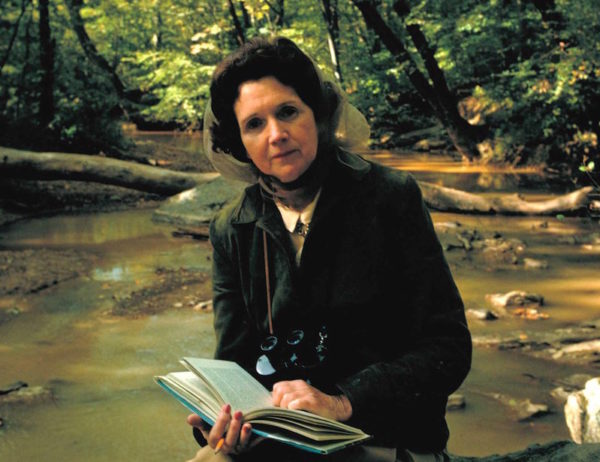Rachel Carson knew she would be criticized for connecting pesticides to the death of songbirds when Silent Spring was published in 1962. As a scientist, though, she didn’t expect to be vilified by an entire industry, or to be called an alarmist and Communist.
Despite the attacks, she had the courage to keep going, all the way to the White House where she met with President John F. Kennedy’s Science Advisory Committee, and to Capitol Hill where she testified before senators.
That determination is what ultimately made Carson the most significant American environmentalist of the past century, and why she’s been an inspiration to me since I was a teenager.
Carson opened our eyes to the harm we were doing to the environment, ultimately making our nation a better steward of our natural heritage. Everyone in the environmental community follows in her footsteps.
Continue reading... →